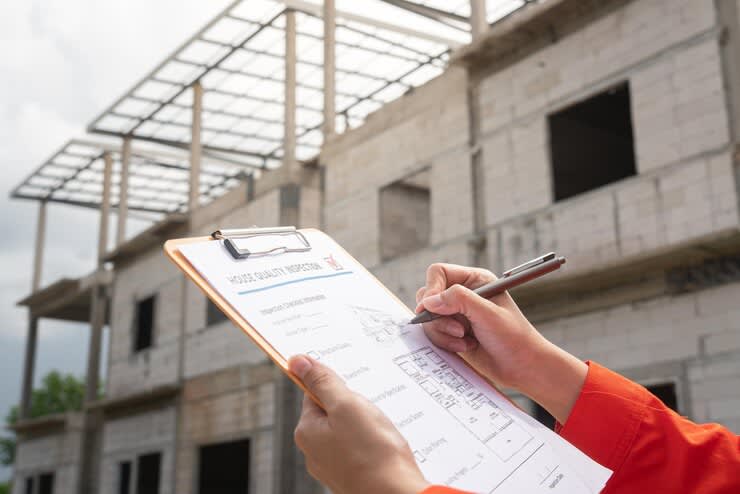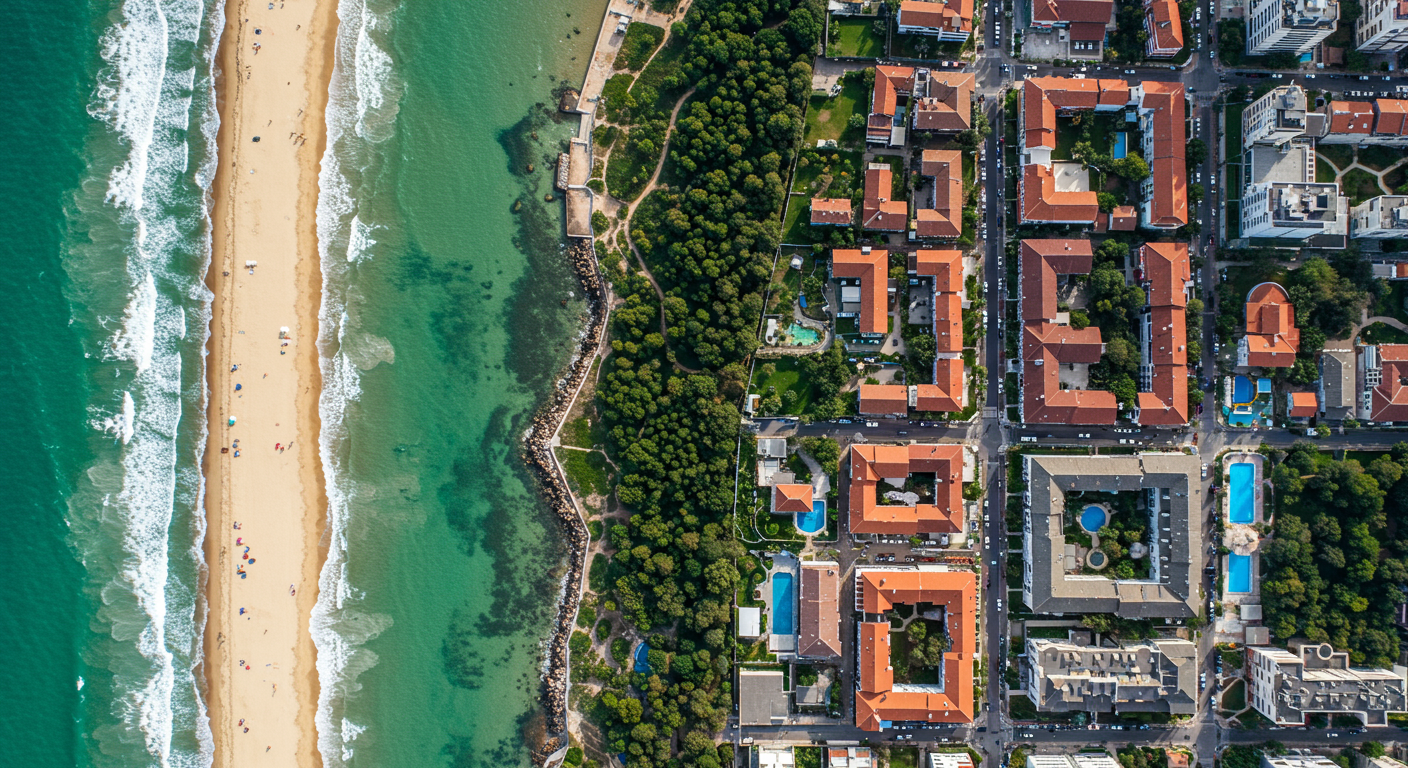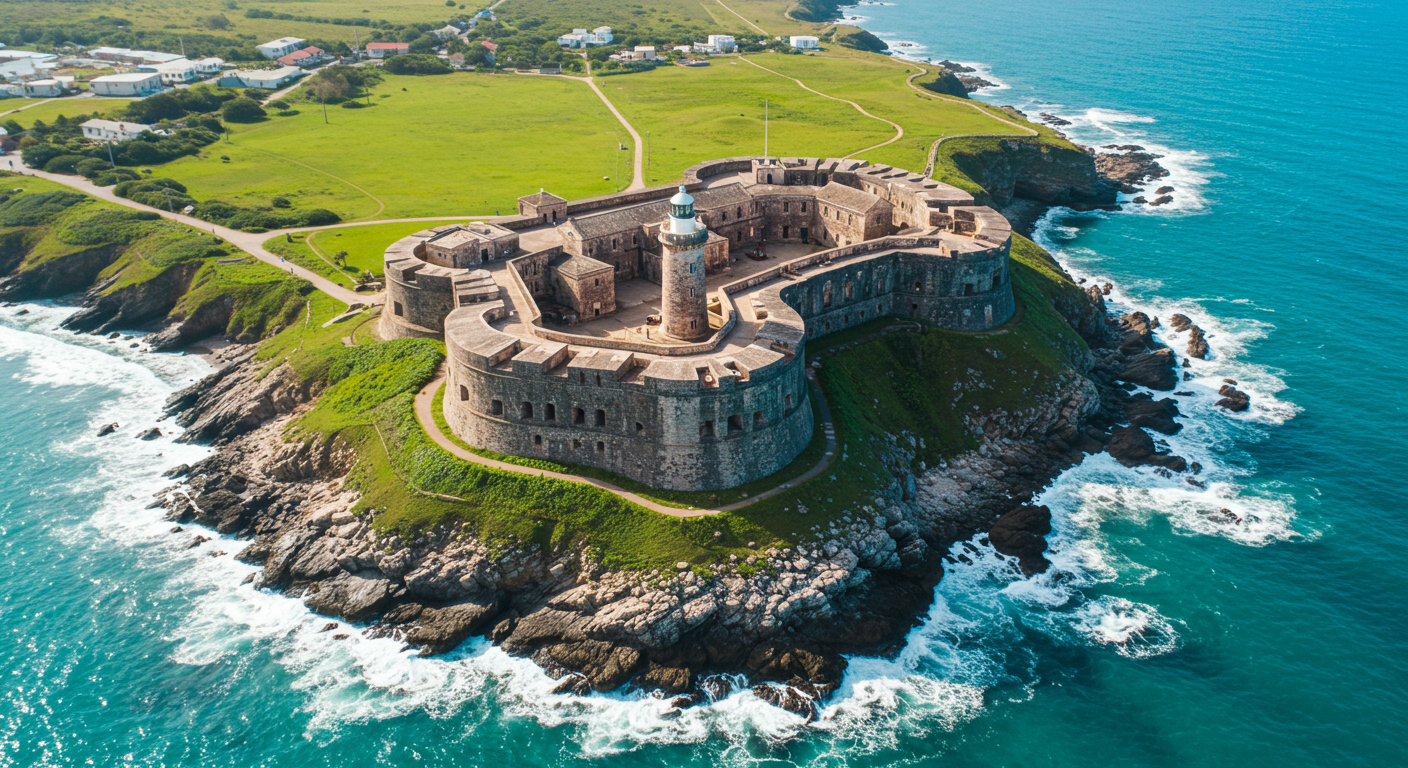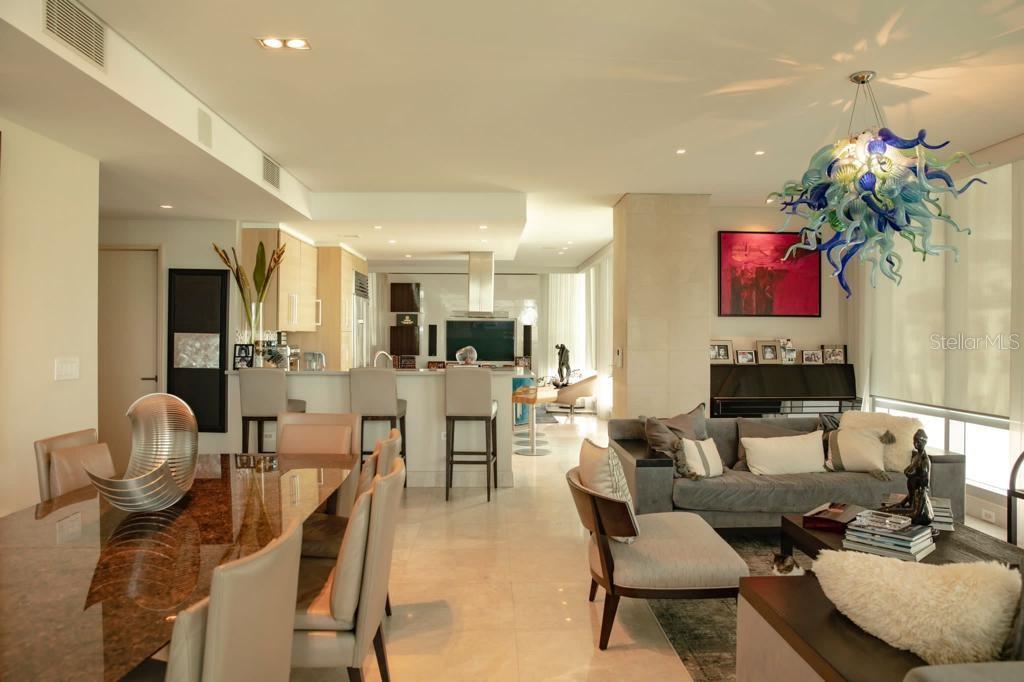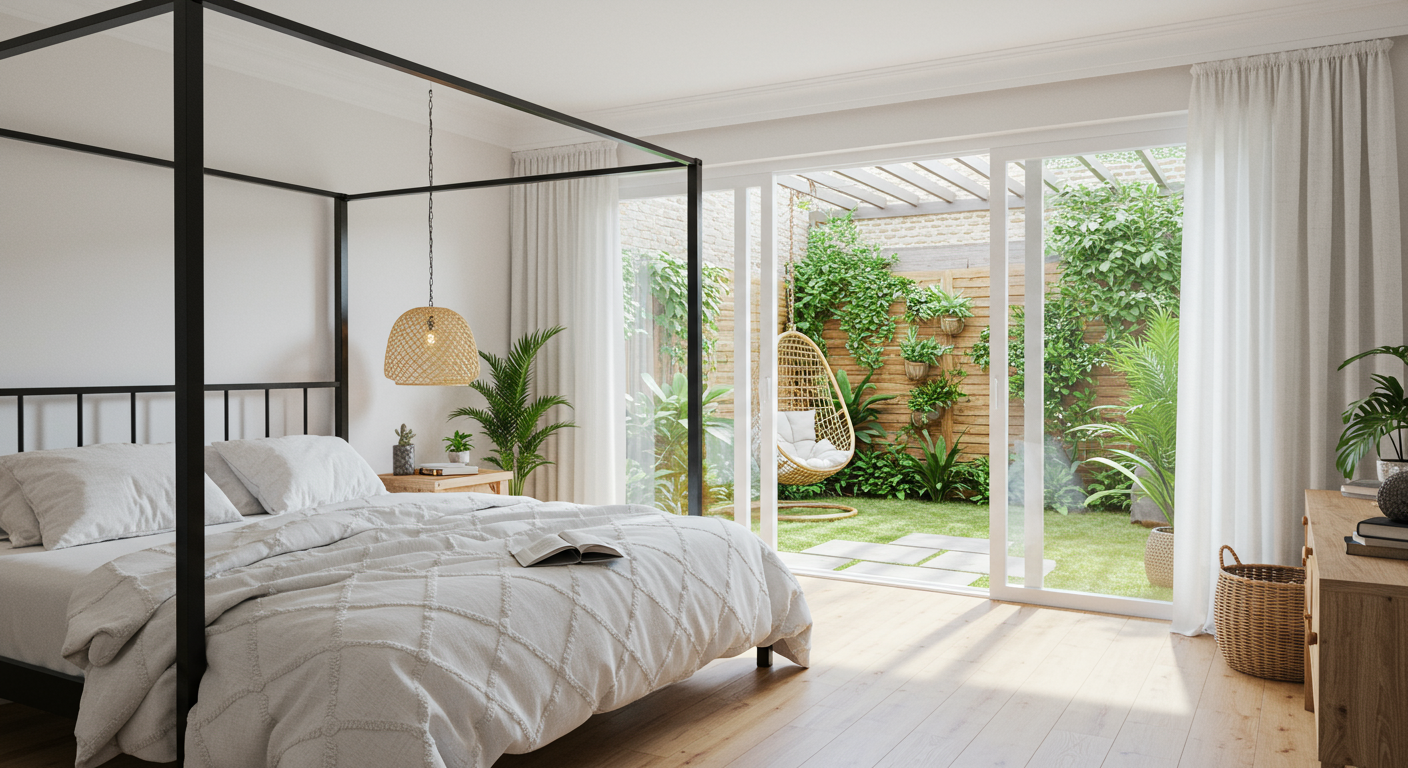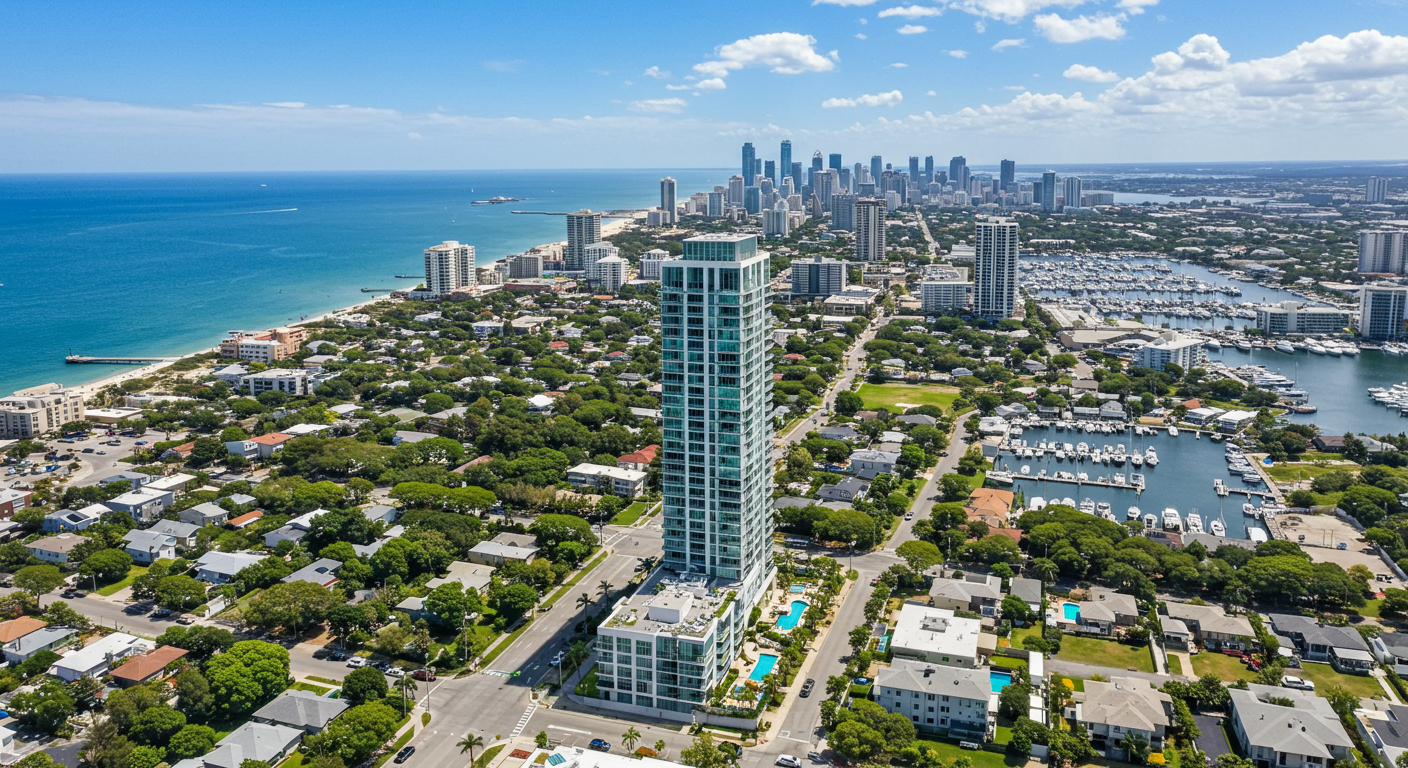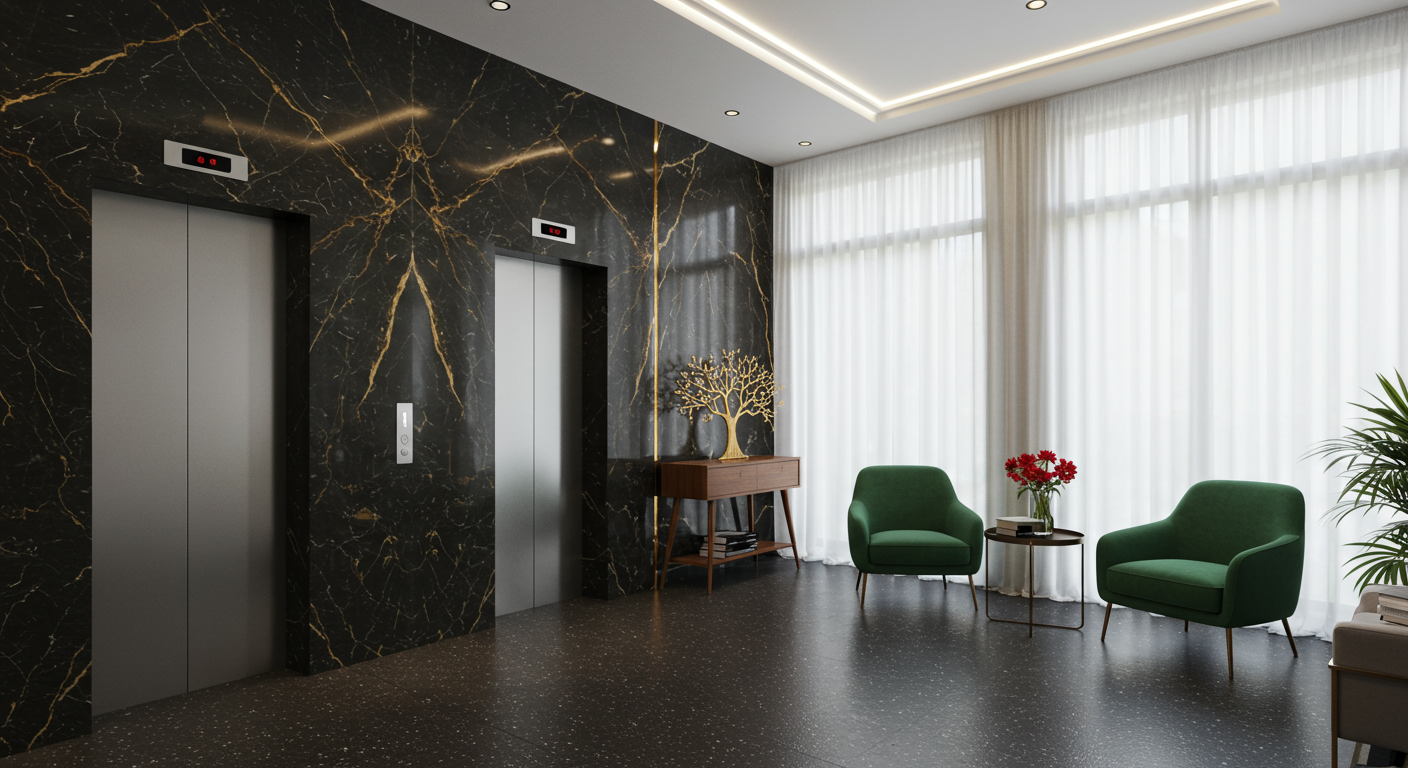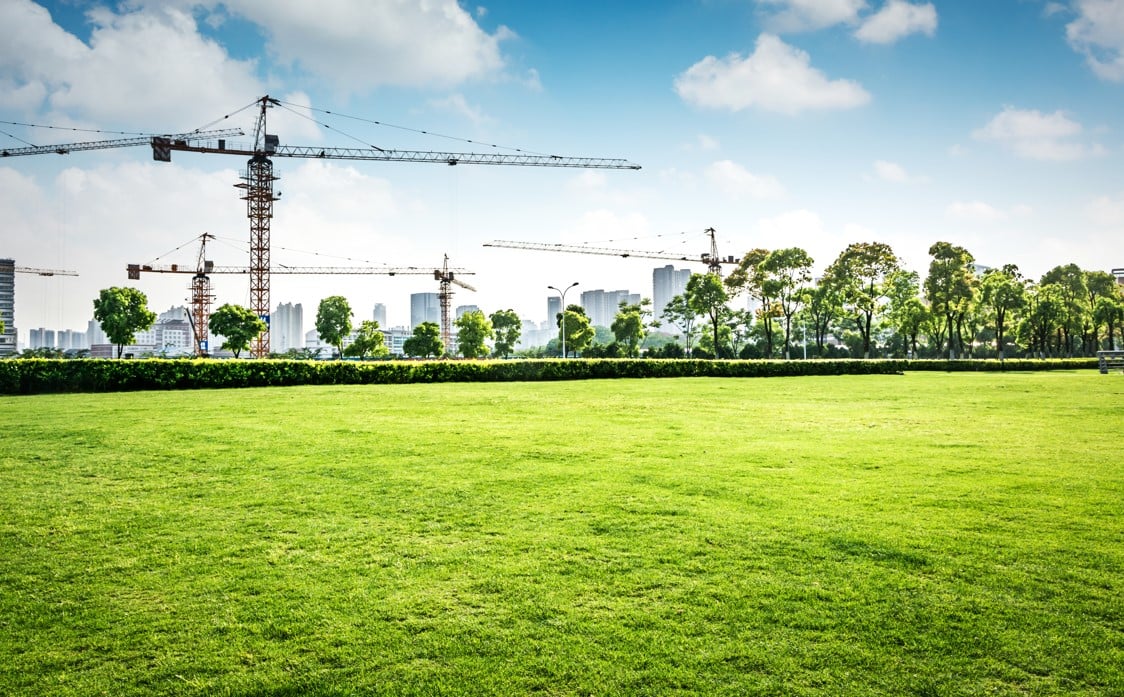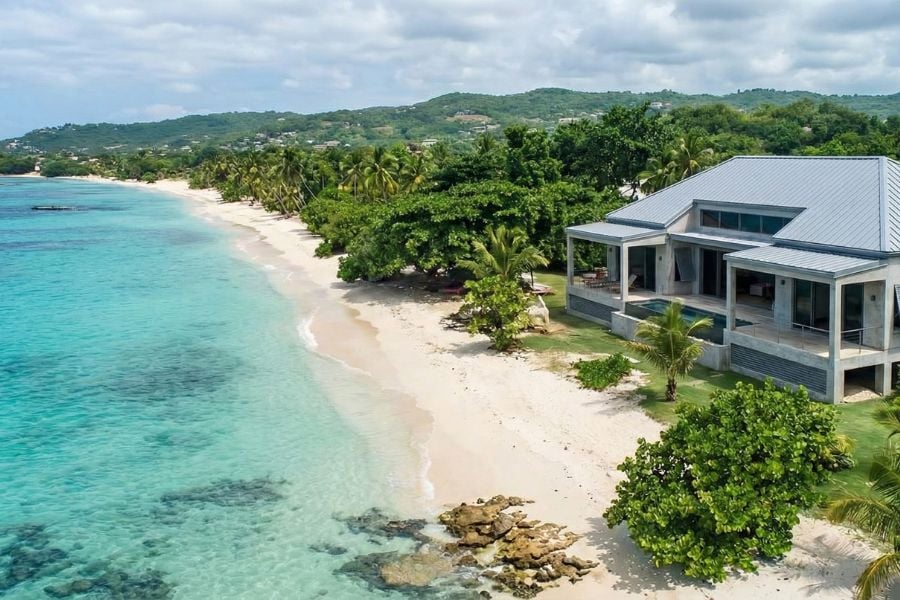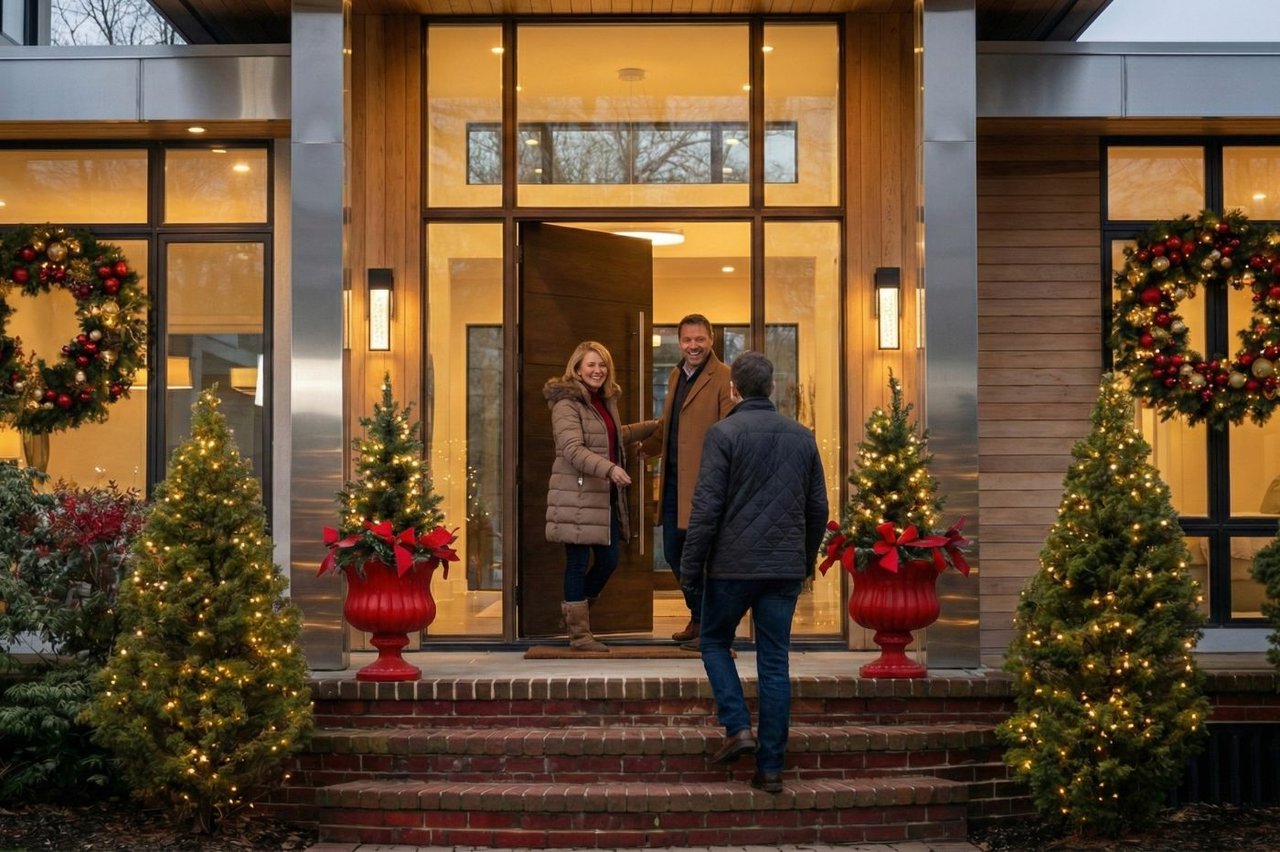The regulatory environment in Puerto Rico is characterized by a multifaceted system of zoning and building regulations designed to manage land use across the island, including its prized coastal zones. These regulations serve multiple purposes: they help ensure that development is in harmony with the environment, protect the community's interests, and uphold public safety, especially given the island's vulnerability to natural disasters such as hurricanes and flooding.
For beachfront properties, specific regulations address coastal zone management, public access to beaches, construction setbacks from the shoreline, and environmental impact assessments.
Key Takeaways
- Zoning laws in Puerto Rico are designed to manage land use and ensure orderly community development, while building regulations focus on construction standards for safety and sustainability.
- Beachfront property regulations in Puerto Rico include specific measures for environmental protection, public access, and construction resilience against natural elements.
- Adherence to these regulations ensures that development is sustainable and harmonious with the island's environmental values and community interests.
- Properties that comply with these standards, such as those listed by Christie's International Real Estate Puerto Rico, offer luxurious living spaces that are both safe and environmentally responsible.
Difference Between Zoning Laws and Building Regulations
Zoning laws and building regulations are two fundamental components of urban and regional planning that govern land use and construction standards. While they often work in tandem to shape the development of communities and ensure public safety and welfare, they serve distinct purposes and operate at different stages of the planning and construction process.
Zoning Laws
Zoning laws are primarily concerned with land use. They determine what types of buildings and activities are permissible in various parts of a community. A zoning ordinance aims to segregate residential areas from commercial and industrial ones, control congestion, ensure that communities develop in an orderly manner, and protect property values.
Scope:
- Land Use Classification: Zoning divides municipalities into districts (residential, commercial, industrial, etc.) and specifies the activities that can occur in each district.
- Development Controls: These include restrictions on the density of development, lot size, building heights, setbacks (the distance from the street or other buildings), and the proportion of land that buildings and impervious surfaces can cover.
- Special Uses: Zoning laws also approve special use permits for buildings and uses that may not fit neatly into a specific zoning category but are deemed beneficial or necessary for the community.
Building Regulations
Building regulations, on the other hand, focus on how buildings are constructed or altered. They establish the technical standards for building design and construction to ensure the safety, health, and welfare of the people using those buildings. This includes structural integrity, fire safety, energy efficiency, and accessibility.
Scope:
- Construction Standards: These regulations, including the Puerto Rico building code, detail the materials and methods that must be used in construction to ensure buildings are safe and durable.
- Health and Safety: They include requirements for fire exits, fireproofing, ventilation, sanitation, electrical safety, and other aspects critical to occupant safety.
- Energy Efficiency and Environmental Compliance: Modern building codes also incorporate standards for energy efficiency, sustainability, and environmental impact, requiring certain levels of insulation, the use of renewable energy sources, and methods for water conservation and waste reduction.
- Inspections and Compliance: Building regulations are enforced through permits and inspections conducted at various stages of construction, from the initial approval of plans to final inspections and the issuance of a Certificate of Occupancy.
Regulatory Framework in Puerto Rico
In Puerto Rico, the governance of land use, including the development of beachfront properties, is subject to a comprehensive regulatory framework designed to ensure balanced growth, environmental preservation, and community well-being. Along with autonomous municipalities, the Puerto Rico Planning Board plays a pivotal role in this system, overseeing zoning and building regulations across the island. These entities establish guidelines that dictate how land can be developed, focusing on sustainable and responsible use, particularly for areas with high environmental and recreational value, like beachfront locations.
A critical component of Puerto Rico's regulatory environment is the Joint Regulation for Evaluation and Issuance of Permits Related to Development, Land Use, and Business Operations. This regulation, cited by the legal firm Goldman Antonetti & Cordova, LLC, serves as a foundational document, consolidating various guidelines and procedures for obtaining the necessary permits for development and land use.
Puerto Rico Zoning Regulations
Zoning regulations for beachfront properties are designed with a multifaceted approach, addressing the complex interplay between development, environmental conservation, and public access. These regulations encompass a range of restrictions and requirements designed to safeguard coastal ecosystems while promoting sustainable development. Here, we enumerate some of the critical aspects of these regulations:
|
Regulatory Aspect |
Details |
|
Construction Height Limits |
Imposes height restrictions near the coast to preserve views and prevent large structures from dominating the shoreline. |
|
Setback Requirements |
Requires properties to be set back from the high water mark to reduce erosion and storm surge impact, varies by local ecosystem. |
|
Public Access Easements |
Mandates easements for public beach access, preventing private monopolization of coastal areas. |
|
Environmental Impact Assessments (EIA) |
Evaluates potential environmental impacts of development projects to mitigate negative effects on ecosystems and wildlife. |
|
Coastal Resource Management |
Includes guidelines for managing adjacent coastal resources, such as mangrove preservation and sea turtle protection. |
|
Building Materials and Design Standards |
Specifies use of durable materials and design standards to ensure resilience against coastal environmental challenges. |
|
Lighting Regulations |
Implements regulations to protect marine wildlife from disorientation by artificial lights, including shielded, low-intensity lighting. |
|
Water Quality and Runoff Management |
Governs runoff and wastewater management to prevent ocean pollution, includes filtration and permeable surfaces. |
|
Landscape and Vegetation Requirements |
Encourages preservation of native vegetation and erosion control measures to maintain natural coastal aesthetics. |
By adhering to these regulations, developers and property owners can contribute to a balanced and sustainable development strategy that respects the unique characteristics of beachfront environments. These rules protect the integrity of coastal ecosystems and ensure that the beach's beauty and accessibility are preserved for future generations.
Puerto Rico Building Regulations
Designing and constructing beachfront properties in Puerto Rico necessitates adhering to rigorous standards ensuring the structures' resilience, safety, and environmental sustainability. These regulations are significant given the island's exposure to tropical storms, hurricanes, and the corrosive effects of a marine environment. The following enumerates essential standards and considerations for the design and construction of beachfront properties:
|
Design Consideration |
Details |
|
Corrosion-Resistant Materials |
Use of stainless steel, coated aluminum, and other treated metals that resist corrosion from saltwater and humidity. |
|
Wind Resistance |
Reinforced framing, hurricane straps, and wind-resistant windows and doors; roof designs to minimize lift during high winds. |
|
Flood Mitigation |
Elevation of structures on pilings or platforms above base flood elevation levels; installation of flood vents to prevent structural damage. |
|
Runoff and Erosion Control |
Incorporation of permeable paving, rain gardens, and green infrastructure to control runoff and minimize coastal erosion. |
|
Energy Efficiency and Sustainability |
Integration of energy-efficient windows, doors, insulation, and renewable energy sources to reduce consumption and promote sustainability. |
|
Natural Ventilation and Lighting |
Design for optimal natural ventilation and daylighting by strategically placing windows, utilizing reflective materials, and incorporating shading devices. |
|
Native Vegetation Preservation |
Prioritization of native vegetation in landscaping to stabilize the soil and provide wildlife habitat, with a focus on minimizing vegetation removal. |
|
Wildlife Protection |
Consideration of the impact on local wildlife and minimization of light pollution to protect nocturnal marine animals, such as sea turtles. |
|
Seismic Standards |
Adherence to seismic design standards with earthquake-resistant construction techniques to withstand ground shaking. |
|
Accessibility |
Compliance with accessibility standards to ensure beachfront properties are accessible to individuals with disabilities, including ramps and restrooms. |
These comprehensive standards ensure that beachfront properties in Puerto Rico are not only safe and durable but also harmonize with the natural environment, contributing to the sustainable development of the island's coastal areas.
Adoption and Effective Date of the 2018 Puerto Rico Building Code
The 2018 Puerto Rico Building Code (PRBC) was officially adopted on November 15, 2018, establishing a standardized framework for construction across the island. It is built on the foundation of the 2018 International Building Code (IBC) with tailored amendments to accommodate local conditions.
Key Highlights:
- Official adoption date: November 15, 2018
- Based on the 2018 IBC, with modifications for Puerto Rico’s unique climate, geography, and legal requirements
- Ensures compatibility with globally recognized safety and building practices
Structure and Format of the Puerto Rico Building Code
The PRBC follows the structure of the I-Codes developed by the International Code Council (ICC) and is organized into chapters that reflect all aspects of construction, from planning to structural safety and environmental compliance.
How the PRBC Is Structured:
- Organized by topic-specific chapters (e.g., structural design, fire safety, accessibility)
- Includes localized amendments in each chapter to reflect Puerto Rico’s needs
- Facilitates use by developers, architects, and inspectors with clear references
Sample Chapter Overview:
| Chapter | Title | Focus Area |
|---|---|---|
| 1 | Scope and Administration | Code application and permit requirements |
| 3 | Use and Occupancy Classification | Defines building use categories |
| 5 | General Building Heights and Areas | Limits for construction size and height |
| 10 | Means of Egress | Exit routes for occupant safety |
| 16 | Structural Design | Load-bearing requirements and safety |
Structural Design Standards in the Puerto Rico Building Code
Structural integrity is a core focus of the PRBC, particularly in the context of Puerto Rico’s exposure to hurricanes and seismic activity. The code enforces robust design standards to protect lives and property.
Key Requirements in Chapter 16 – Structural Design:
- Minimum load capacities: Buildings must be designed to resist dead loads, live loads, wind loads, and seismic forces
- Load path continuity: Structural components must form a complete, continuous load path
- Design safety margins: Engineers are required to apply factors of safety when calculating structural tolerances
These guidelines ensure buildings remain stable under extreme environmental stresses, a critical consideration for coastal and inland developments alike.
Evolution of the Puerto Rico Building Code
The PRBC reflects Puerto Rico’s efforts to maintain modern and responsive building standards, adapting to emerging construction technologies and climate change adaptation needs.
Timeline of Key Code Developments:
- 2011 PRBC: Based on amendments to the 2009 I-Codes, incorporating local resilience measures
- 2018 PRBC: Builds on the 2018 IBC, providing updated standards for energy efficiency, disaster resistance, and construction materials
Why the Evolution Matters:
- Aligns Puerto Rico with international best practices
- Responds to increased threats from climate change and natural disasters
- Encourages resilient and sustainable development across the island
Architectural Diversity and Historical Influences in Puerto Rico Building
Image Source: boricuaonline.com
Puerto Rico's architectural landscape is a rich tapestry woven with diverse influences, reflecting the island's historical evolution. From Spanish colonial-era structures to formidable military fortifications, Puerto Rico buildings tell the story of its cultural and strategic significance.
Colonial Architecture
-
Historical Significance: Old San Juan is home to over 400 historic buildings, many dating back to the 16th and 17th centuries, when Spain ruled the island.
-
Distinctive Features:
-
Vibrant facades in pastel and earthy tones
-
Cobblestone streets add to the old-world charm
-
Interior courtyards are designed for ventilation in the tropical climate
-
Arched doorways and wooden balconies reflecting Spanish influence
-
Military Structures
-
Fortified Defense System: The island's location made it a key military stronghold for Spain, leading to the construction of impressive fortresses.
-
Notable Fortifications:
- Castillo San Felipe del Morro: A 16th-century fortress protecting San Juan Bay, featuring massive walls, sentry boxes, and underground tunnels.
- Castillo San Cristóbal: The largest Spanish fort in the Americas, designed with a layered defense system and lookout points.
-
Architectural Style: Renaissance and Baroque elements with thick stone walls, bastions, and canons, emphasizing durability and defense.
| Puerto Rico Building Type | Key Features | Historical Significance |
|---|---|---|
| Colonial Homes | Colorful facades, balconies, and courtyards | Spanish-era residences reflecting Caribbean adaptation |
| Military Fortifications | Thick walls, bastions, tunnels | Strategic protection against invasions |
Notable Architectural Landmarks in Puerto Rico Buildings
Puerto Rico is home to numerous architectural landmarks, each reflecting a unique blend of historical, cultural, and artistic influences. Among these, Parque de Bombas and Catedral de Ponce stand out as prominent Puerto Rico buildings showcasing distinct architectural styles.
Parque de Bombas
1. Historical Significance:
- Originally built in 1882 as the main exhibition pavilion for an agricultural exposition.
- Converted into Puerto Rico’s first-ever fire station in 1883, serving the city of Ponce for over a century.
2. Architectural Features:
- Moorish-inspired design, featuring bold red and black stripes.
- Gothic and Victorian elements are incorporated into the facade.
- Distinctive arched entryways and a central tower.
- Now functions as a museum honoring Puerto Rican firefighters.
Catedral de Ponce (Our Lady of Guadalupe Cathedral)
1. Historical Background:
- Originally built in 1670, later reconstructed in 1835 due to damage.
- One of Puerto Rico’s most significant Catholic cathedrals.
2. Architectural Features:
- Neoclassical design with white-washed walls and twin bell towers.
- Intricate stained-glass windows and grand interior arches.
- Home to the tomb of Ponce’s first bishop, making it a religious and cultural landmark.
| Puerto Rico Building | Architectural Style | Key Features | Current Use |
|---|---|---|---|
| Parque de Bombas | Moorish, Gothic, Victorian | Red-and-black facade, arches, central tower | Firefighter museum |
| Catedral de Ponce | Neoclassical | Twin bell towers, stained glass, arched interior | Active cathedral |
Puerto Rico Building Types & Public Infrastructure
The diversity of Puerto Rico building types reflects the island’s rich historical, civic, and architectural evolution. From Spanish colonial military structures to modern civic institutions, these buildings are not only functional but also culturally and legally significant, with some falling under heritage zoning or public infrastructure regulations.
Key Building Categories:
-
Forts & Castles: Defensive structures like El Morro and San Cristóbal represent early Spanish fortification architecture and are managed under federal historic preservation regulations.
-
Government & Civic Buildings: La Fortaleza, the Puerto Rico Capitol, and municipal halls serve political functions and often sit within regulated government or mixed-use zoning districts.
-
Religious Structures: Cathedrals like Capilla del Cristo play central roles in community planning, often requiring special permits for renovations due to heritage overlays.
-
Public Infrastructure: Bridges, lighthouses, and libraries are often state-owned and regulated under specific structural and zoning codes for safety and public utility.
Puerto Rico Building Types & Public Infrastructure Matrix
| Building Type | Primary Use | Zoning Influence | Preservation Status |
|---|---|---|---|
| Forts & Castles | Defense/Historic | Heritage zones | UNESCO/INSHPO recognized |
| Government Buildings | Civic/Administrative | Government or Institutional | State & Federal preservation |
| Religious Structures | Worship/Community | Religious/cultural overlays | Local historical designation |
| Infrastructure | Transit/Education | Utility/public service zoning | Regulated by DTOP & agencies |
This framework provides a deeper understanding of the Puerto Rico building environment, enabling developers to comprehend how historic and civic zoning impact project feasibility.
Contemporary Architectural Trends in Puerto Rico Buildings
As Puerto Rico continues to evolve, modern architectural trends have embraced sustainability, climate resilience, and cultural integration. Tropical Modernism has emerged as a dominant style, fusing contemporary aesthetics with traditional elements suited to the island’s climate.
Key Features of Tropical Modernism in Puerto Rico Buildings
1. Climate-Responsive Design:
- Maximizes natural ventilation through open floor plans and large windows.
- Uses deep overhangs, louvers, and pergolas to reduce heat gain.
- Promotes cross-ventilation to improve indoor comfort without heavy reliance on air conditioning.
2. Sustainable Materials and Green Architecture:
- Incorporates locally sourced wood, concrete, and stone for eco-friendly construction.
- Features green roofs, rainwater harvesting systems, and solar panels for energy efficiency.
3. Seamless Indoor-Outdoor Integration:
- Uses open terraces, courtyards, and sliding glass doors to create fluid transitions.
- Balances minimalist modern aesthetics with tropical landscaping for a natural ambiance.
4. Fusion of Traditional and Modern Influences:
- Preserves elements of colonial and indigenous architecture, reinterpreted in a modern way.
- Blends whitewashed walls, wooden beams, and minimalist interiors with innovative technology.
| Puerto Rico Building Feature | Traditional Influence | Modern Interpretation |
|---|---|---|
| Open-Air Courtyards | Spanish Colonial patios | Glass-enclosed atriums |
| Natural Ventilation | Wooden shutters, cross-breeze windows | High-tech smart cooling systems |
| Local Materials | Stone, terracotta tiles | Reinforced concrete, bamboo panels |
| Sustainability | Thick walls for heat control | Solar panels, green facades |
Resilient Design and Sustainability in Puerto Rico Buildings
Puerto Rico’s unique geographical location and tropical climate make resilient architecture essential. Modern Puerto Rico buildings integrate climate adaptation strategies to withstand hurricanes, high humidity, and seismic activity while promoting sustainability.
Key Climate Adaptation Features in Puerto Rico Buildings
1. Hurricane-Resistant Construction:
- Reinforced concrete and steel structures provide superior durability.
- Impact-resistant windows and doors minimize storm damage.
- Elevated foundations and flood barriers prevent water infiltration in coastal areas.
2. Sustainable and Energy-Efficient Design:
- Solar panels and green energy solutions reduce dependence on fossil fuels.
- Rainwater harvesting systems and permeable surfaces help manage water resources.
- Natural ventilation strategies—such as cross-ventilation and solar shading—reduce cooling needs.
3. Seismic Resilience:
- Shock-absorbing foundations and reinforced framing protect against earthquakes.
- Flexible building materials prevent structural failures during seismic activity.
Cultural Significance and Preservation Efforts in Puerto Rico Buildings
Puerto Rico's architectural heritage reflects its rich history, blending Spanish colonial, military, and contemporary influences. Many buildings in Puerto Rico are recognized for their historical and cultural significance, leading to extensive preservation efforts.
UNESCO World Heritage Sites
The San Juan National Historic Site, a designated UNESCO World Heritage Site, includes:
-
Castillo San Felipe del Morro: A 16th-century fortress guarding San Juan Bay, showcasing Spanish military architecture.
-
Castillo San Cristóbal: A vast defensive structure built to protect against land-based attacks.
-
San Juan City Walls: Fortified walls surrounding Old San Juan, preserving its historic integrity.
Preservation Initiatives in Puerto Rico Buildings
To maintain architectural heritage, several restoration projects focus on:
-
Structural Rehabilitation: Strengthening foundations and facades of colonial-era structures.
-
Modern Adaptation: Retrofitting historic buildings with sustainable materials while maintaining authenticity.
-
Community Engagement: Government and private organizations collaborate to restore landmarks and promote cultural tourism.
Luxury Properties Compliant in Zoning and Building Regulations
Zoning laws and building regulations could be tedious, yet adherence to these standards benefits both the community and buyers, ensuring optimal enjoyment and value from their properties. Here are the premier luxury properties for sale from Christie's International Real Estate Puerto Rico, meticulously selected for their compliance and appeal to the discerning prospective property owner.
555 C. MONSERRATE #5 SAN JUAN PR, 00907
Located on the 5th floor of the Cosmopolitan Condominium, this 2,700 sq. ft. residence features 3 spacious bedrooms, 3.5 baths, 3 parking spaces, and access to a beautiful pool.
17 CALLE INGA #1 SAN JUAN, PR 00913
This beachfront multi-unit property, boasting a 15% cap rate and 90% monthly occupancy, comes fully renovated with solar panels, a swim-up bar, jacuzzi, and turnkey convenience, alongside the potential for expansion to enhance returns. With its high demand and readiness for a quick sale, it presents an exceptional investment opportunity in a prime location.
540 AVE DE LA CONSTITUCIÓN #502, SAN JUAN, PR 00901
Experience refined living in this newly built 3-bed, 3.5-bath Le Parc condo in San Juan, offering top-tier amenities, park views, and premier Puerto Rico luxury real estate.
1360 ASHFORD AVENUE Unit: 304 SAN JUAN, PR 00907
Experience unparalleled luxury living in Condado with this fully furnished 1200 sq ft, 2 bedroom, 2 bathroom apartment. It features comprehensive renovations, Italian porcelain tile floors, and stunning ocean views from the balcony, just a block from the beach. Modern conveniences include a water cistern, partial generator, and covered parking, positioning this property at the heart of Puerto Rico's vibrant lifestyle, with easy access to top dining, shopping, and entertainment options.
Conclusion
The meticulous zoning and building regulations governing beachfront properties in Puerto Rico play a crucial role in balancing sustainable development with environmental preservation, ensuring that communities and ecosystems thrive. By adhering to these regulations, developers and property owners contribute to the island's resilience against natural disasters, the protection of coastal environments, and the assurance of public access to beaches, which is vital for maintaining the unique charm and ecological integrity of Puerto Rico's coastal areas.
Discover the epitome of luxury, sustainability, and compliance with Christie's International Real Estate Puerto Rico. Our meticulously curated portfolio features properties that exemplify the finest in beachfront living, all while adhering to the stringent zoning and building regulations of Puerto Rico. Whether you're looking to buy, sell, or rent, we provide unparalleled service and expertise to ensure your real estate journey is seamless, rewarding, and aligned with the highest environmental and community integrity standards.
Contact us today to explore our exquisite listings, and let us help you find or market your perfect coastal retreat.
Related Articles:
-
To Build or Buy: Deciding Between Beachfront Land and Houses for Sale in Puerto Rico
-
Local Construction Regulations Affecting Real Estate in Puerto Rico
FAQs
How do Zoning Laws Work?
Zoning laws function as a regulatory framework established by local government entities, including municipalities and counties, to control land use within designated areas, known as zoning districts. These laws dictate how property owners can utilize their land based on the zone it falls under. These zones can range from residential zones designated for single-family homes or apartments to commercial zones for businesses and mixed-use zones for residential and commercial activities.
In Puerto Rico, as in other places, zoning laws are applied by local planning boards or zoning committees. These entities are responsible for defining the zoning ordinances and districts across the island and enforcing the regulations that govern them. Puerto Rico has unique geographical and cultural considerations, reflected in its zoning regulations. For example, certain areas may be protected for their ecological or historical significance, limiting development to preserve these characteristics.
What is the difference between zoning laws and HOA rules?
Zoning laws and homeowners association (HOA) rules are distinct regulatory mechanisms governing property use originating from different authorities for varied purposes. A local zoning law, enacted by local governments and a planning department, regulates land use within broader jurisdictions to promote orderly development, preserve community character, and ensure public safety and welfare. They dictate permissible types of construction, building uses, and development parameters.
In contrast, HOA rules are set by private homeowners associations to uphold aesthetic and operational standards within specific residential communities. They focus on maintaining property values and quality of life through property appearance, landscaping, and communal space usage and zoning restrictions. While zoning laws carry legal authority and apply to broader areas, HOA rules are private agreements that only affect the governed community's properties.
